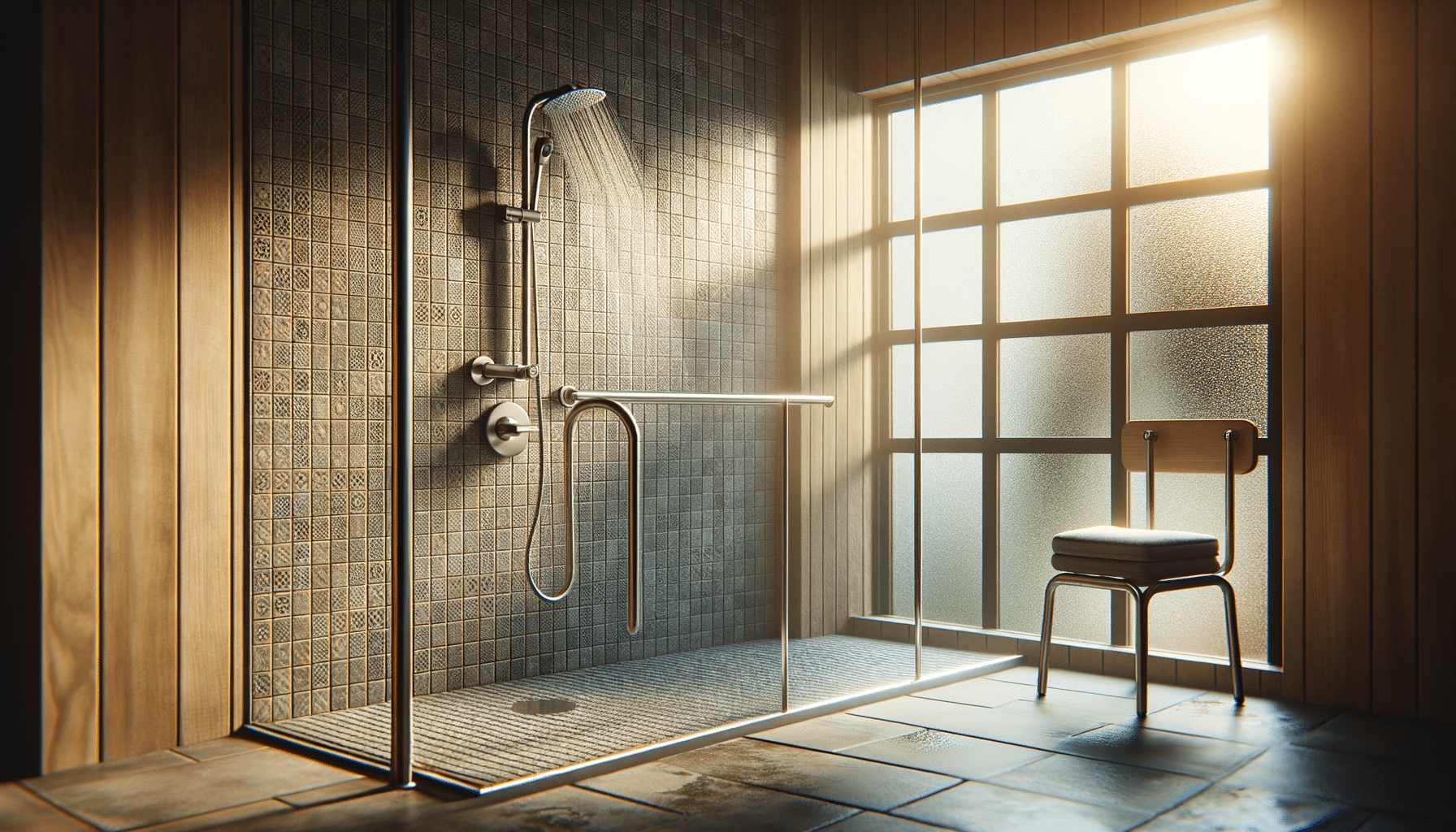
Installation Insights: What to Expect With Heated Flooring Projects
A Humorous and Informal Guide to Heated Flooring Projects
Embarking on a heated flooring project is like preparing a gourmet meal – it requires the right ingredients, a pinch of patience, and a sprinkle of humor. Imagine stepping onto a floor that feels like it’s giving you a warm hug. That’s the magic of heated floors! But before you get to that cozy moment, there’s a journey filled with cables, tubing, and possibly some head scratching.
To start, consider your flooring type. Whether you’re renovating a bathroom or upgrading a basement, the type of flooring can influence your choice between electric and hydronic systems. Electric systems are like the instant noodles of heated floors – quick and easy. Hydronic systems, on the other hand, are more like a slow-cooked stew, requiring time and effort but delivering a rich, satisfying warmth.
Here are some light-hearted tips to keep in mind during your project:
- Always double-check measurements. There’s nothing like realizing your heated mat is slightly too big or too small after you’ve laid it out.
- Have a backup plan for unexpected hiccups. Maybe a heated blanket for those colder nights?
- Remember, it’s okay to laugh at yourself when you read the instructions upside down.
While the process might seem daunting at first, remember that each step brings you closer to a home that literally warms your heart. So, roll up your sleeves, grab your tools, and embark on this adventure with a smile!
Electric vs. Hydronic Heated Floors: How Installation Differs
When it comes to heated flooring, the choice between electric and hydronic systems can feel like deciding between two appealing desserts. Both have their merits, but the installation process varies significantly. Understanding these differences can help you make an informed decision that suits your home and lifestyle.
Electric heated floors are generally easier to install and are ideal for smaller areas like bathrooms or kitchens. These systems use electric cables or mats placed beneath the floor surface. The installation involves:
- Laying out the electric mats or cables on the subfloor.
- Ensuring they are evenly spaced to provide consistent heat.
- Connecting to a thermostat to regulate temperature.
Hydronic systems, while more complex, are often more cost-effective in the long run for larger spaces. They use a network of tubes filled with heated water to warm the floor. Installing a hydronic system involves:
- Installing a boiler or water heater to supply hot water.
- Laying a network of tubes beneath the flooring.
- Integrating a pump to circulate water through the system.
Though hydronic systems require a higher upfront investment and more extensive installation, they provide a more uniform heat distribution and can be more energy-efficient for whole-house heating. Ultimately, the choice depends on your specific needs, budget, and the area you wish to heat.
What to Budget for Radiant Heating in Bathrooms and Basements
Budgeting for radiant heating involves more than just the cost of materials. It’s essential to consider installation, energy usage, and potential maintenance costs. Let’s break down what you might expect when planning your heated flooring project in bathrooms and basements.
Electric systems in bathrooms are a popular choice due to their straightforward installation and suitability for smaller spaces. Here’s a general cost breakdown:
- Materials: Electric mats or cables can range from $5 to $12 per square foot.
- Installation: Professional installation might add $3 to $7 per square foot.
- Total: Expect to spend between $8 and $19 per square foot.
For basements, where larger areas are common, hydronic systems might be more cost-effective. Here’s what to consider:
- Materials: Hydronic tubing and related components can cost $6 to $15 per square foot.
- Installation: Given the complexity, professional installation can range from $10 to $20 per square foot.
- Total: Overall costs may range from $16 to $35 per square foot.
Additional factors include the cost of a boiler or water heater for hydronic systems, which can add several thousand dollars to your budget. While the initial investment is significant, the long-term benefits of energy efficiency and comfort can make radiant heating a worthwhile endeavor.
Considerations for Flooring and Insulation
Choosing the right flooring and insulation is crucial when installing heated floors. The type of flooring can significantly impact the efficiency and effectiveness of your heating system. Here’s what you need to consider for optimal results.
Ceramic and stone tiles are excellent conductors of heat, making them ideal for radiant heating systems. They allow heat to transfer efficiently from the heating element to the room. However, if you’re considering wood or laminate, be sure to choose products designed to withstand the heat without warping or discoloration.
Insulation is another critical component. Proper insulation ensures that heat is directed upward into the room rather than being lost to the subfloor. Key considerations include:
- Insulation Type: Rigid foam insulation is often recommended for its moisture resistance and high R-value.
- Installation: Insulation should be installed beneath the heating elements to maximize efficiency.
- Thickness: The thickness of the insulation can affect performance, with thicker options providing better heat retention.
By carefully selecting flooring and insulation, you can enhance the performance of your heated floor system, ensuring maximum comfort and energy efficiency.
Timing and Planning Your Heated Floor Installation
Timing is everything when it comes to installing heated floors. Planning your project around the right season can save you from unnecessary headaches and costs. Here are some tips to ensure a smooth installation process.
First, consider the time of year. Installing heated floors during warmer months can be beneficial, as the system won’t be needed immediately, allowing ample time for adjustments. This also means less disruption in case of any unforeseen issues.
Next, think about the project timeline. For electric systems, plan for a few days to a week, depending on the area size and complexity. Hydronic systems, being more involved, might require a few weeks. Coordinate with contractors to ensure all components, from boilers to thermostats, are installed and tested properly.
Lastly, prepare for any potential delays. Supply chain issues or unexpected complications can arise, so having a buffer in your schedule can help avoid stress. Communicate clearly with your installation team to stay informed about progress and any changes.
With careful planning and timing, your heated flooring project can be a seamless transition to a more comfortable and energy-efficient home.


